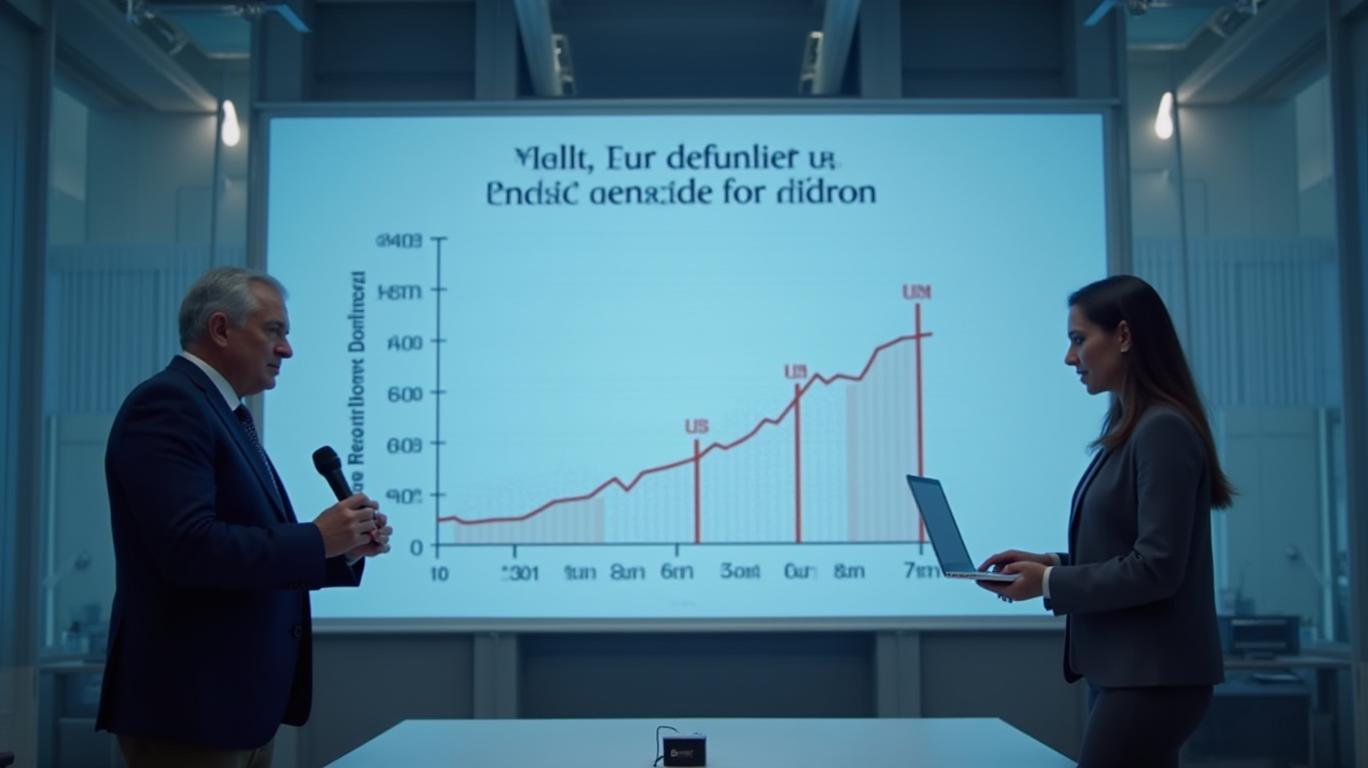Casper Network Launches 2.0 With 50% Efficiency Gains
Casper Network has announced the launch of Casper 2.0, marking a significant milestone in the evolution of its blockchain ecosystem. The update, set to go live on May 6, has undergone extensive development and testing to ensure optimal performance and stability. This upgrade is designed to enhance efficiency, reduce resource dependence, and introduce new tools that are more developer-friendly. The protocol now features structural enhancements that affect consensus mechanisms, smart contract functions, and transaction handling processes, preparing stakeholders for a robust network architecture shift.
Ask Aime: "AIME predictions for Casper 2.0's launch and its impact on blockchain performance?"
The core of the Casper 2.0 update is the introduction of the Zug Consensus Protocol, which replaces the older Highway protocol. Zug enables leaner and more efficient consensus-building across the network by using skippable rounds, ensuring that failures do not stall the entire system. This design maintains cohesion and resilience during partitions or high latency, as leaders propose blocks while validators echo signed messages to preserve integrity. By reducing computational overhead, Zug upholds the security model central to Casper, enhancing network performance under varied conditions.
One of the key improvements in Casper 2.0 is the new Native Event System, which simplifies developer workflows by introducing native contract-level event emission. This reduces the dependence on third-party libraries, as developers no longer need external tools like the Casper Event Standard for event handling. Built-in mechanisms push events directly to on-chain and off-chain systems, allowing subscribers to consume these messages via the event stream and verify them using included proof methods. This integrated solution streamlines communication between smart contracts and external applications, elevating the developer experience and ecosystem interoperability.
The update also delivers the Virtual Machine 2.0 architecture with multi-VM targeting capabilities. Transactions can now specify the execution environment of their choice, supporting backward compatibility and ensuring long-term network scalability. FFI enhancements grant access to additional hashing algorithms and block metadata, assisting in creating more secure and unpredictable outputs for smart contracts by leveraging random values. These changes position the network for future growth and flexibility, giving developers more control over execution contexts and richer functionality for complex contract logic.
Another significant improvement is the new Transaction model, which replaces the legacy Deploy model. This change offers more efficient access to global state data, making Wasm-less interactions faster and less resource-intensive. Although backward compatibility handles most Deploys, deprecated data types may fail. This model simplifies developer workflows and encourages scalable, maintainable smart contract designs, promoting broader ecosystem adoption and reducing technical debt for long-term projects. Developers will appreciate the streamlined process across diverse project types.
From a systems perspective, Casper 2.0 introduces the Casper Sidecar service outside the core node software. Decoupling rpc enables better debugging and independent updates, simplifying architecture management for complex deployments. API enhancements further expand network interaction capabilities, allowing developers to integrate custom applications with greater ease. These upgrades are crucial for teams building sophisticated on-chain solutions, providing scalability, maintainability, and flexibility for large-scale projects on the Casper Network. It supports independent upgrades for future enhancements.
Experimental features in Casper 2.0 include the unification of accounts and contracts under a single AddressableEntity type, promising simplified address management and improved user experience. Additionally, the temporary hold system replaces traditional gas fees, hinting at major shifts in transaction and entity handling models. A new burn function for the CSPR token, defined in CEP-92, allows permanent token removal from circulation, giving token holders enhanced utility and governance options. As the May 6 Casper 2.0 update nears, participants should review documentation and deprecation notices carefully to prepare for the changes.



_cbf77e8c1748017079428.jpeg)






